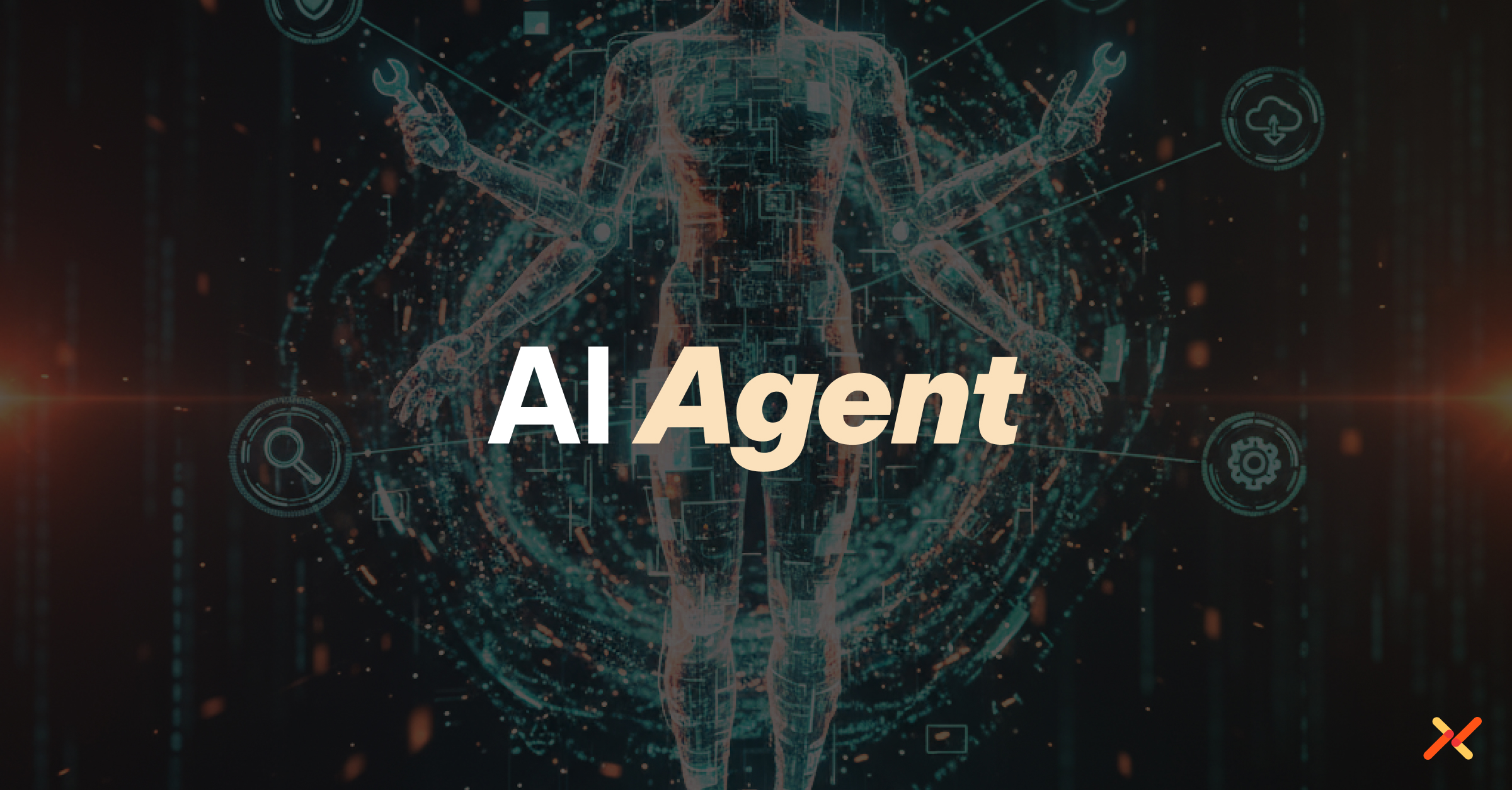An AI agent is an autonomous or semi-autonomous software entity that can perceive inputs, reason over context, and take actions toward a goal without direct human control. Unlike traditional rule-based automation, AI agents can dynamically plan, execute, and adapt across digital environments using large language models (LLMs), APIs, and integrated tools.
How It Manifests Technically
AI agents operate as independent workloads that interact with tools, data, and services through APIs or protocols such as the Model Context Protocol (MCP). In practice:
- Agents interpret prompts or goals, break them into tasks, and execute via external systems.
- They often run as non-human identities, authenticated processes that perform actions on behalf of users or organizations.
- Agents rely on access tokens, API keys, or federated workload identities to connect securely with cloud or SaaS services.
- In multi-agent systems, agents may delegate tasks to other agents or microservices, requiring mutual authentication and trust chains between them.
Why This Matters for Modern Enterprises
AI agents are rapidly becoming operational actors within enterprise ecosystems, deploying code, analyzing data, generating content, or interacting with customers. For organizations:
- They unlock scalability and continuous automation far beyond human capacity.
- They reduce manual overhead in DevOps, cybersecurity, analytics, and support.
- But they also introduce new identity and access governance risks: enterprises must know which agent took which action, under what authority, and with what credentials.
Common Challenges with AI Agent
- Identity validation: Verifying the authenticity and trustworthiness of the agent itself, ensuring it is attested, owned, and operating within authorized boundaries.
- Credential sprawl: Agents frequently depend on static secrets, API keys, or tokens stored in plain text or configs.
- Over-permissioning: Agents often receive broad access to APIs or datasets instead of scoped, least-privilege rights.
- Opaque decision-making: Enterprises struggle to trace how an agent reached a conclusion or what data sources it used.
- Cross-domain access risk: Agents moving between environments (e.g., SaaS → Cloud → Database) create complex authentication flows that traditional IAM cannot fully control.
How Aembit Helps
Aembit extends workload identity and access management (Workload IAM) to AI agents.
- It provides attested, verifiable identities for agents, treating them as first-class non-human actors.
- Through integrations with Trust Providers (e.g., AWS, Kubernetes, GitHub Actions) and Credential Providers, Aembit verifies the agent’s origin and runtime posture before granting access.
- Agents receive short-lived, scoped credentials or secretless access, ensuring no static secrets or embedded keys.
- Centralized policy enforcement defines exactly which APIs or services an agent may access and under what conditions (environment, posture, region).
- All agent actions are logged and auditable, linking every operation back to a verifiable identity for accountability and compliance.
In short: Aembit gives AI agents trusted digital identities, least-privilege access, and full audit visibility, turning autonomous execution into a governable, secure enterprise capability.
Related Reading
FAQ
You Have Questions?
We Have Answers.
Can an AI agent override human decisions or act completely without human oversight?
Most AI agents operate under human-defined goals, rules, or boundaries, but they can act autonomously once those are set. However, best practices require human-in-the-loop oversight for high-impact tasks to ensure accountability, compliance, and ethical alignment.
How do organizations measure whether an AI agent is performing well?
Performance is measured by how well the agent meets its defined goal, including metrics like accuracy of outcomes, efficiency (time or cost savings), error rate (for unintended actions), and compliance (auditability of actions). Reference sources note that adaptability and learning-over-time (feedback loops) are key to agent maturity.
What kinds of environments or tasks are most suitable for deploying AI agents?
AI agents excel where tasks are: multi-step, require integration with multiple systems or tools, have dynamic context, and benefit from autonomous reasoning rather than just reactive responses. For example: end-to-end customer service workflows, supply chain optimization, or advanced data-driven decision workflows.
How should an enterprise prepare its infrastructure for AI agent deployment?
Preparation involves: ensuring robust API and tool integration (so the agent can act across systems); defining clear goals, boundaries and guardrails (to avoid unintended actions); ensuring identity/authentication mechanisms and least-privilege access for the agent; and building monitoring, audit and observability layers so you can trace agent actions and adjust behavior over time. See “technology requirements” and “scaling” best practices.

